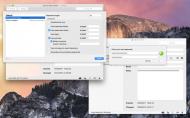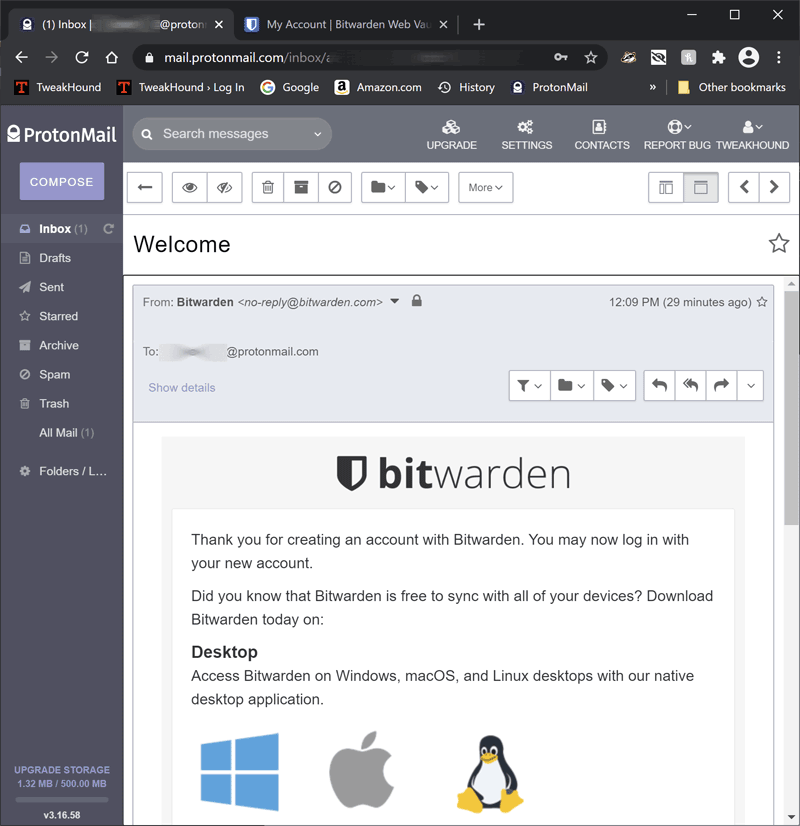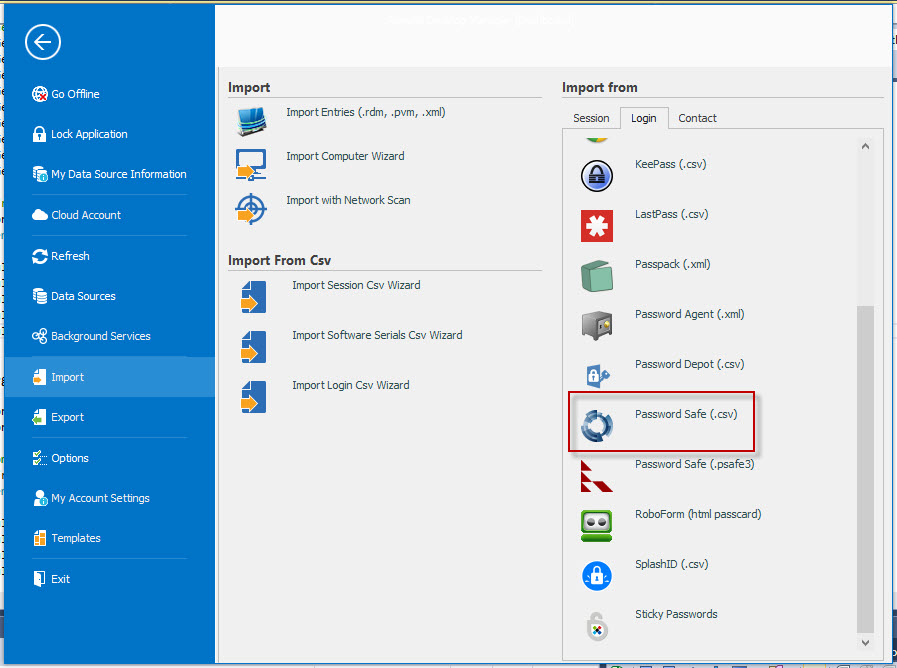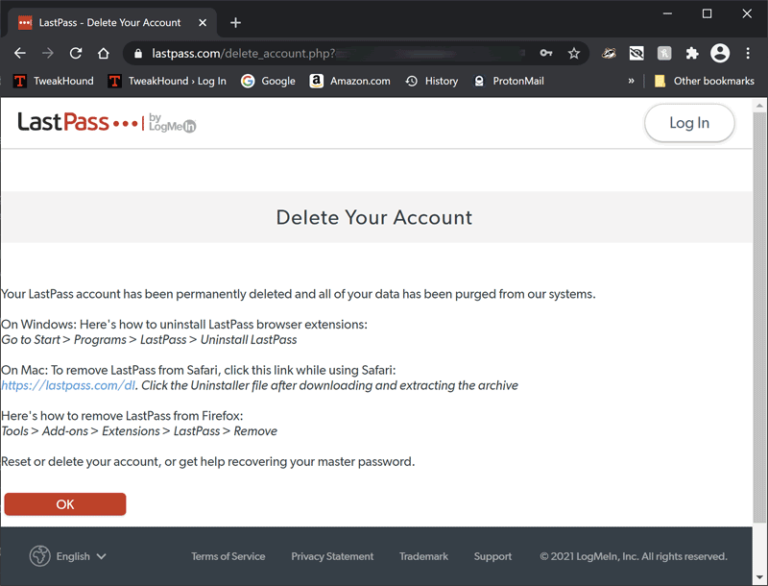

Password hackers are aware of current password trends. Just because a password contains multiple character sets (such as uppercase and lowercase alphabet, numbers, and symbol characters) does not make it sufficiently secure. We recommend generating longer passwords or passphrases of 15 characters or more when possible.įor example, a personal passphrase login password can incorporate the first letters of a memorable sentence, or can include 4 or more unique words. When creating a strong and secure password, it is important to choose a longer password or passphrase that will be unique. See Access Levels, Folder Setup, or Limiting Admin Roles.
Pwsafe export full#
We recommend creating a super admin with full access and somewhat limited sub admin accounts that have less privileges and cannot surpass block inheritance set by users. However, any admin that can access the database could theoretically decrypt the database and extract data. Yes, using block inheritance users can have private folders. Can private user password lists be kept private from admin? What are the active security measures of Password Server?Īny active security measures are implemented at the discretion of the organisation or sysadmin. Passwords are retrieved when requested, they are not actually stored on the end workstation. When a password is requested by a client, the server retrieves it from the encrypted database, deobfuscates, and passes it back to the client via secure TLS connection. The Password Expiry Report will show all passwords due to expire as of a specified date, and users with Enterprise or higher licenses can receive email notifications about pending expiries. An expiry date for passwords can be set, but this serves only as documentation - PPASS cannot actually expire passwords for external services because it doesn't control those services. There is no assumed password life cycle, as Pleasant Password Server (PPASS) simply stores your passwords. Additionally, passwords and other secure fields are obfuscated in the database.Īdministrators can also configure Password Server to use another database type: Your passwords are stored in a database. By default, an AES-256 encrypted SQLite database file is used. Since the encryption key is stored in an encrypted registry key, it can only be viewed using the Service Configuration utility.

With the default installation, your data is encrypted using Advanced Encryption Standard (AES-256) as provided by the SQLite Encryption Extension. How does Pleasant Password Server encrypt my passwords?
Pwsafe export download#
These use previous versions of the application than the versions available for download now. Our website has videos with step-by-step tutorials for some of the major features of PPASS.

Pwsafe export upgrade#
Do I need to back up any settings between versions?Īll application settings are retained between versions, however changes made manually to the installation or configuration files should be saved where noted, for example, Upgrade steps.īe sure to back up your Database, Connection string, and Encryption keys in case you need to return to an earlier version. Where do I download the latest version of Pleasant Password Server?ĭownload Pleasant Password Server How do I update to the latest version?įollow the upgrade instructions.

Troubleshootingįor additional help, see Common issues or Troubleshooting to diagnose problems. "totp": "2CIUxtpo870B)*^GW2ta/xb0IYyepO(*&G(&BB84LZ5ByZxu0E9hTTs6PHg0=8q5DHEPU&bp9&*bns3EYgETXpiu9898sxO78l"Ĭreating an encrypted export follows the normal export procedure. An encrypted export of the following plaintext login item: ", If you rotate your account encryption key, replace any old files with new one that use the new encryption key.Īccount encryption keys are unique to each Bitwarden user account, so you won't be able to import an encrypted export into a different account.Įncrypted exports will include all vault data, including logins, cards, secure notes, and identities. Rotating your account's encryption key will render an encrypted export impossible to decrypt.


 0 kommentar(er)
0 kommentar(er)
